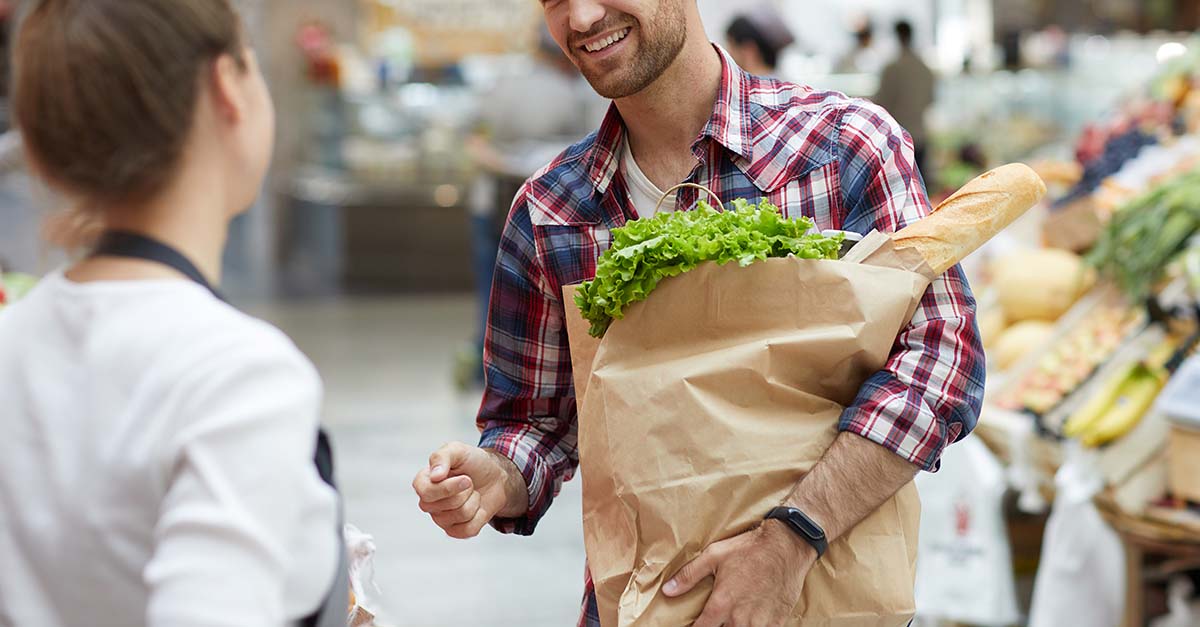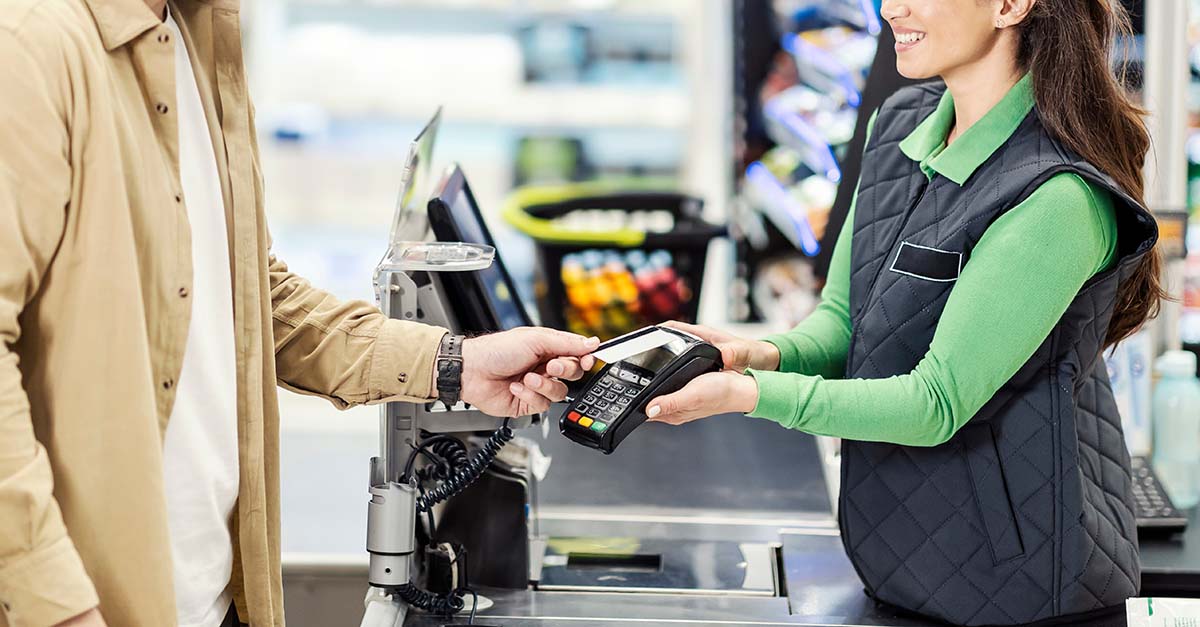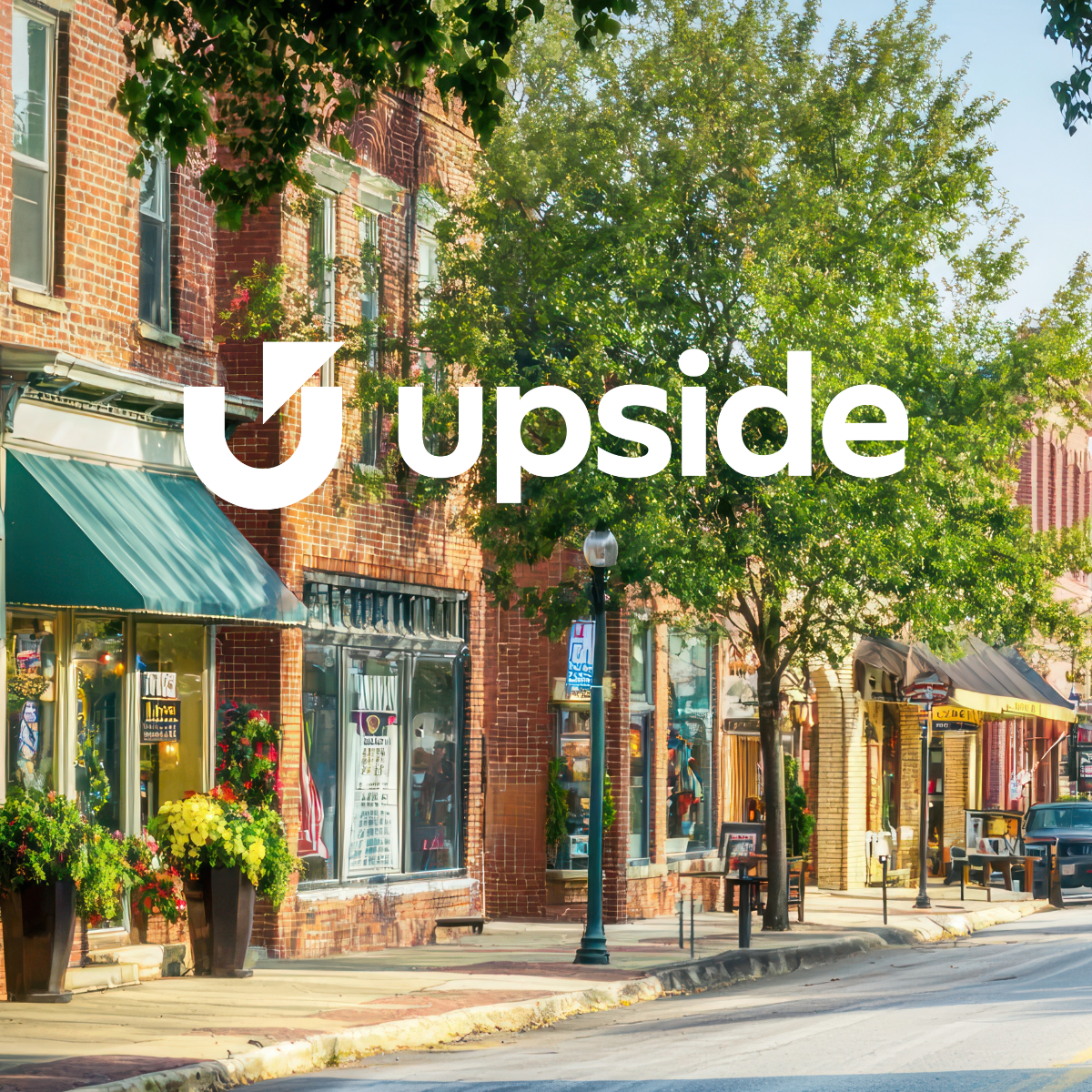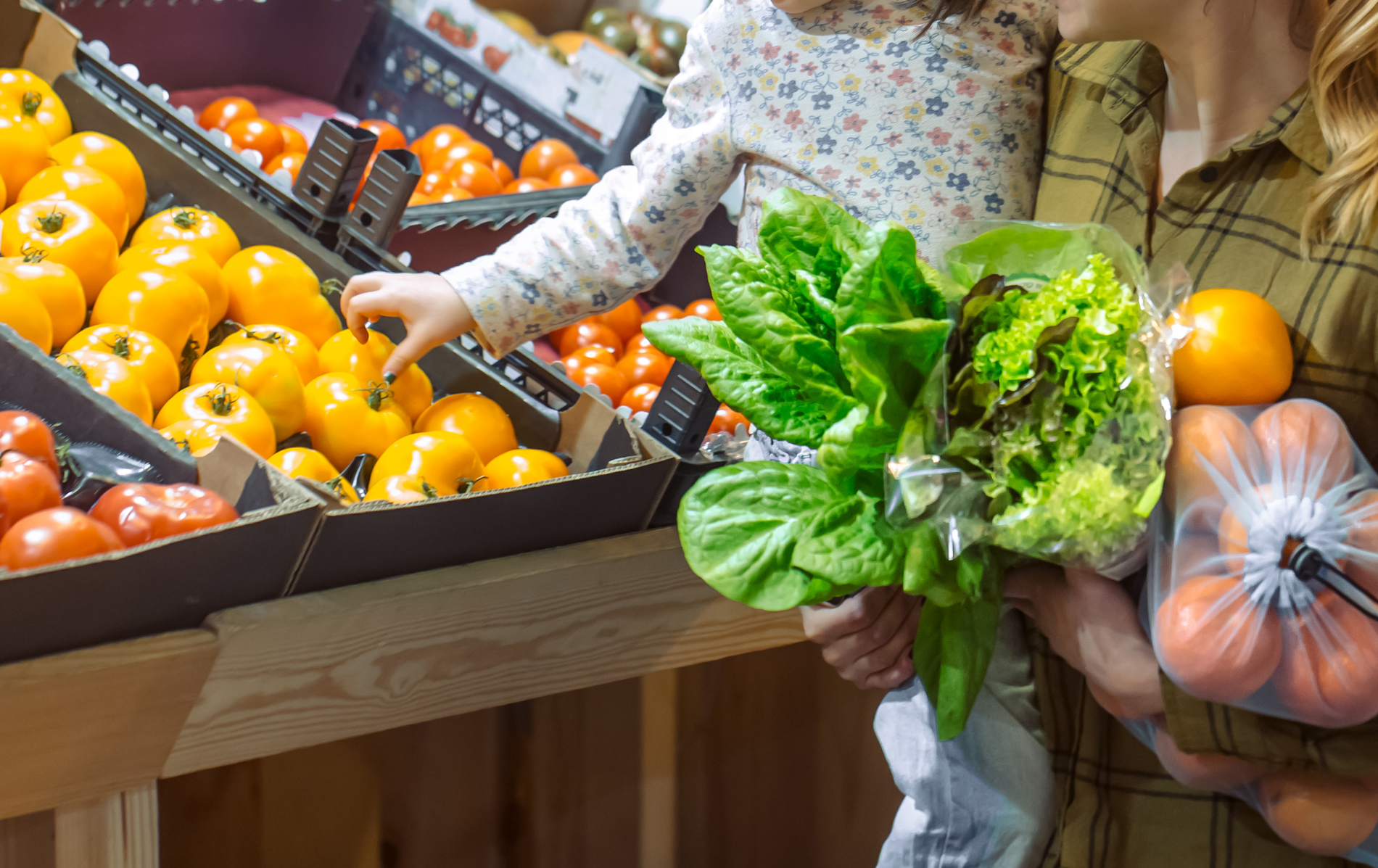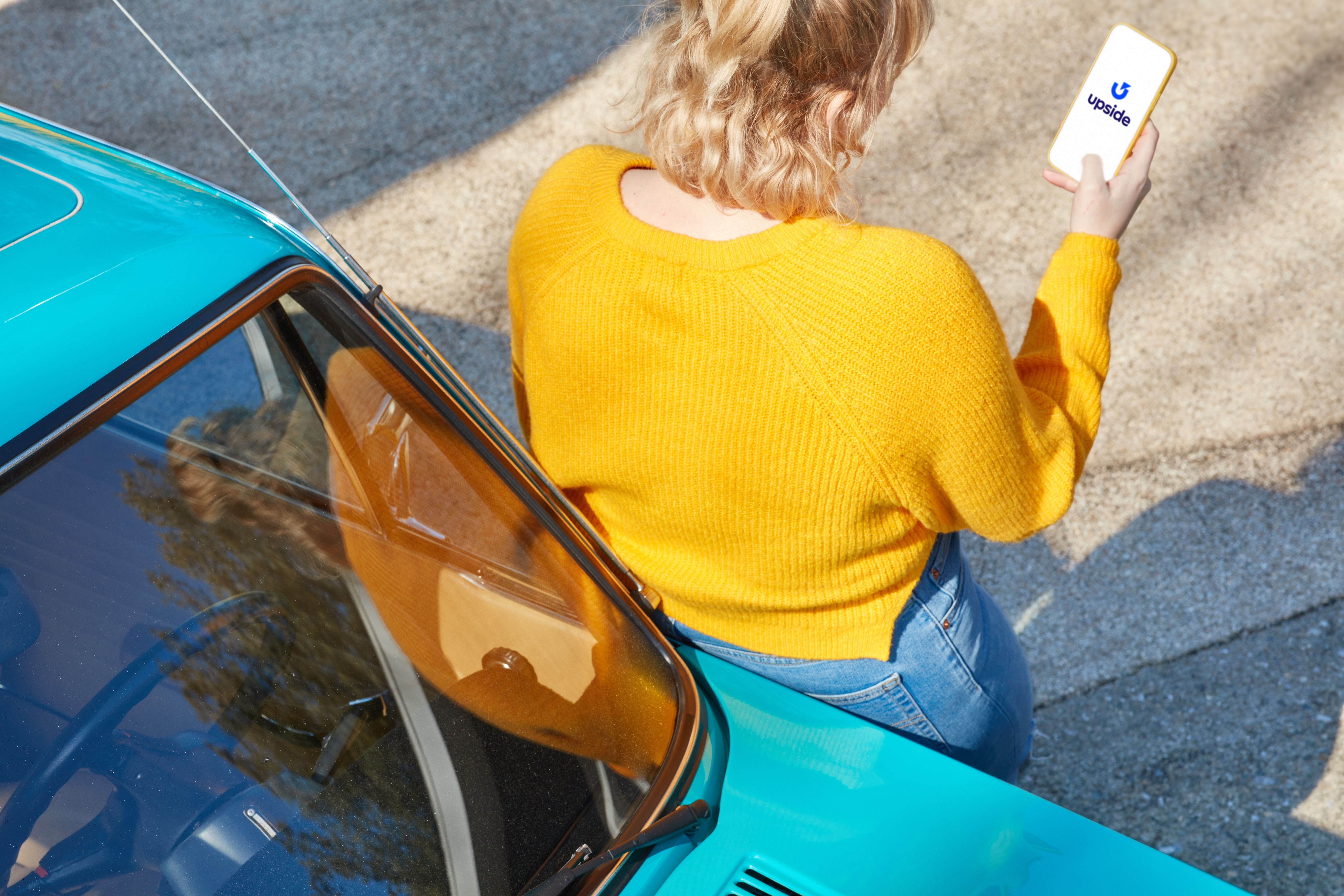How far will your restaurant customers travel?
The average American only travels about three miles for casual meals out. How can restaurateurs get customers to go farther to choose them?

Dr. Thomas Weinandy
How far will your restaurant customers travel?


We all romanticize having a preferred table and regular order at our local restaurant, where the servers know our name. Perhaps you even have some customers like that at your place.
But in the race to acquire and retain new customers, your restaurant’s physical location can actually be a hindrance. Outside of your “regulars,” a lot of hungry customers in your area will simply never discover your restaurant because it’s too far away from their homes.
The average American diner travels 3.1 miles for meals outside the home, but new data from Upside shows that the right cash back offer can motivate them to travel up to 10 miles away. Is it worth it for restaurants to pay the incentive, or will they lose money on the investment?
Why travel distance matters
There are so many reasons why customers love your restaurant, whether it’s a great menu with fresh and authentic ingredients, fair prices that work well within their budgets, or friendly service that only enhances the experience. Ultimately, there’s one common thread that likely ties them all together: they live nearby.
According to a report from the American Economic Association (AEA), the typical consumer is willing to travel 3.1 miles when they dine out. Similar research from Access Development confirms that sentiment, saying that diners will travel 11 minutes for a meal at a full-service restaurant (FSR). For a quick-service restaurant (QSR), that amount of time is even shorter — diners are only willing to travel eight minutes.
The AEA goes further to say that when a restaurant is 1% farther away, customers prefer that restaurant 1.4% less. And so while distance isn’t everything, it is clearly a very important factor in determining restaurant choice.
Getting customers to go the extra mile
Distance is an example of “friction,” a thing, perception, or circumstance that prevents diners from choosing a particular restaurant. All customers have some sort of friction, but it can be overcome with the right incentives.
One way to do that is with cash back promotions that motivate a customer to break from their normal patterns. The graph below, which features new data from Upside, shows that shoppers are willing to change their usual behavior in order to receive cash back.

This sample of Upside users would be motivated to visit a new restaurant that’s a mile away from them for 8.6% cash back. Naturally, the amount of cash back that customers expect increases as the travel distance grows—at three miles, the customer would expect over 10% cash back, for example. Our data ultimately shows that for the right cash back offer, this group of diners would be willing to travel 10 miles for a restaurant meal, which is more than triple the average distance in America.
With foot traffic at FSRs down 4.3% year-over-year in September 2023, expanding your radius to win more customers is paramount for restaurateurs.
Ensuring that incentives are profitable
It’s clear that incentives can change customer behavior, but if those incentives are not personalized, they can cannibalize the restaurant’s profit and hurt their bottom line.
Consider a customer who orders a pizza from your shop every Friday night without fail. Offering them a cash back incentive is unnecessary—they are going to make that purchase without it. The customer who really needs that incentive is the one who’s never been to your location before, or swung by once and hasn’t been back. Personalized offers, which are unique to each person, ensure that you’re never “double-discounting” to earn a customer’s business.
These personalized incentives make Upside different. Personalization is more effective than segmentation because it considers every consumer’s unique shopping preferences, rather than treating every individual within a group as if they’re the same.
Our data shows that these personalized promotions motivated Upside users to travel an average of 4.6 miles to dine out. That’s a mile and a half farther than the average American customer travels. In other words, Upside expanded the reach of its restaurant partners by 50%.

The impact of personalized promotions is even more pronounced in rural areas, where Upside users traveled an average of 5.2 miles to get a meal.

Once again, these offers are not only beneficial to the customer, but profitable for the business. Upside’s offer algorithm is optimized to consider each user’s shopping history and generate unique offers based on that behavior.
How this could impact your business
Every minute your tables sit empty or a server stands idle, your restaurant is missing an opportunity to earn profit. Minimizing this idle time by filling it with more customers is an important way to offset rising costs or even grow your business.
Upside users are driving past their nearest restaurants in order to choose participating restaurants.

Together we can expand your restaurant’s reach (by miles), bring more customers in-store, and incentivize larger check sizes. Because every incentive is within your available margin, even the larger cash back promotions generate incremental profit.
Ready to explore how Upside can help win transactions from all over your region?
Get in touch.
Share this article:
Dr. Weinandy is a Senior Research Economist at Upside, providing valuable insights into consumer spending behavior and macroeconomic trends for the fuel, grocery, and restaurant industries. With a Ph.D. in Applied Economics, his academic research is in digital economics and brick-and-mortar retail. He recently wrote a book on leveraging AI for business intelligence.
Request a demo
Request a demo of our platform with no obligation. Our team of industry experts will reach out to learn more about your unique business needs.









